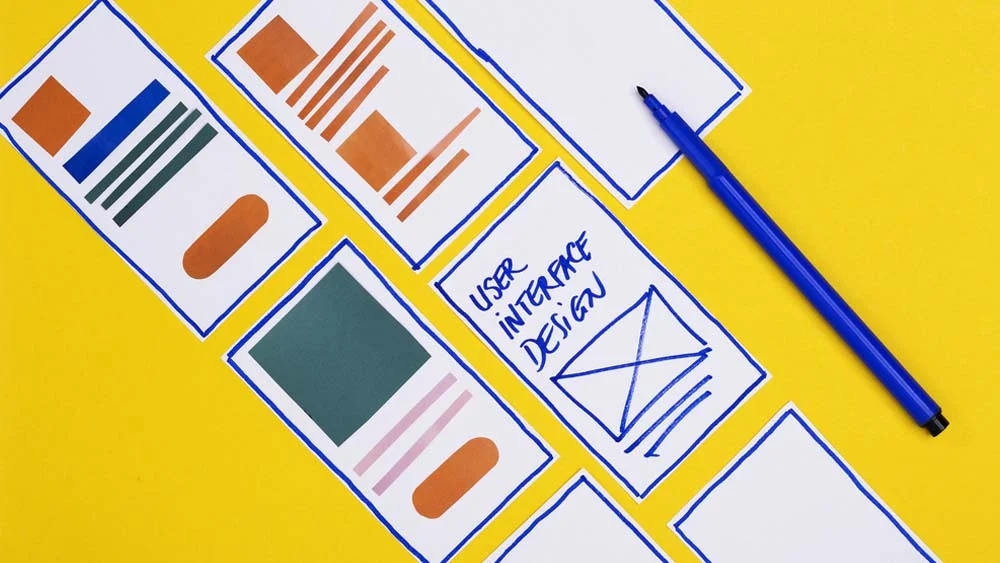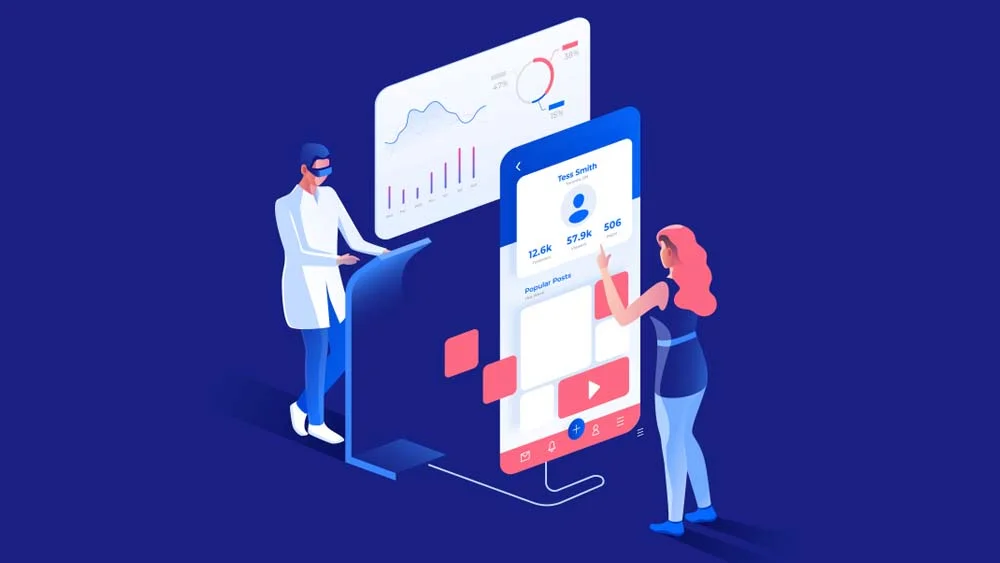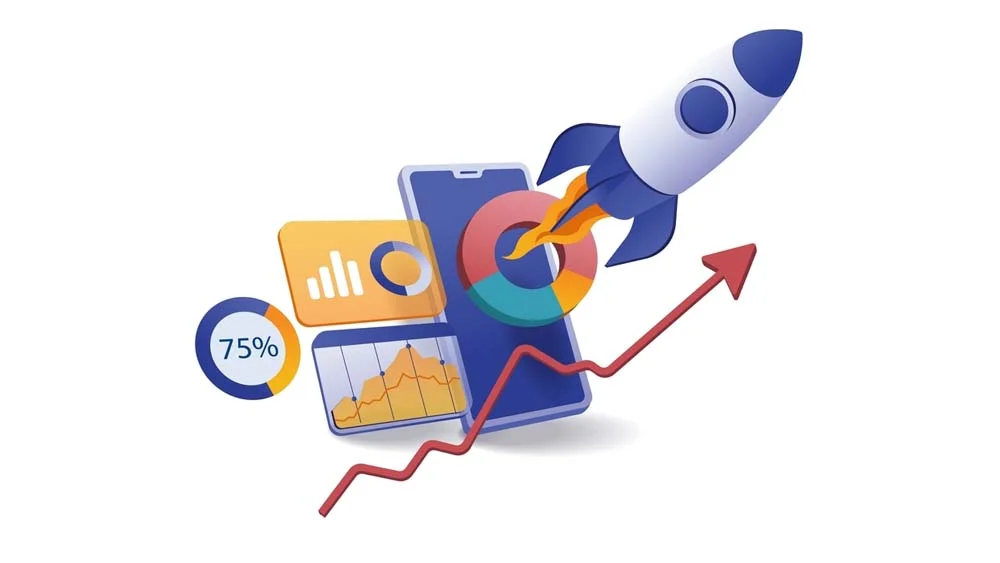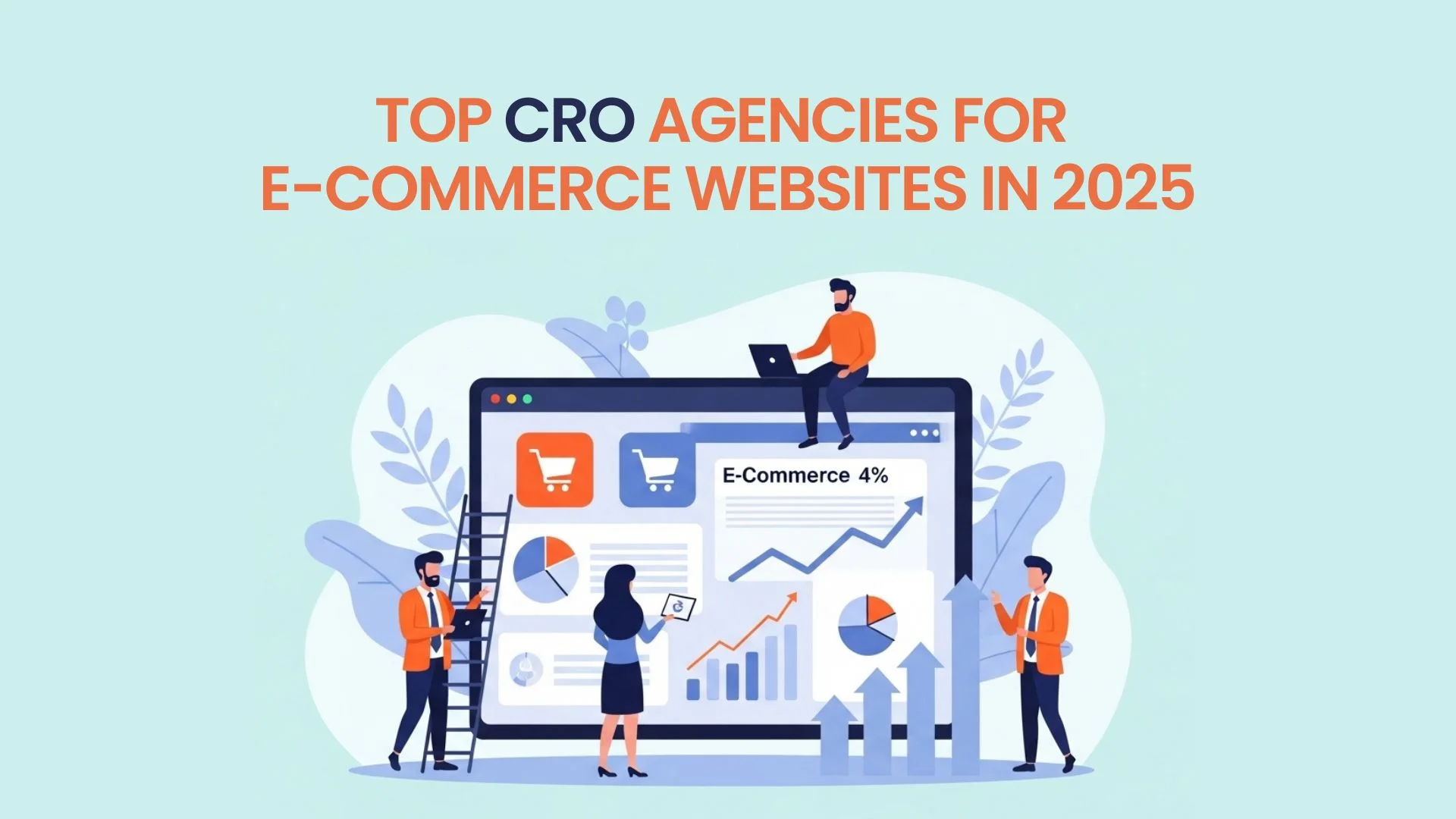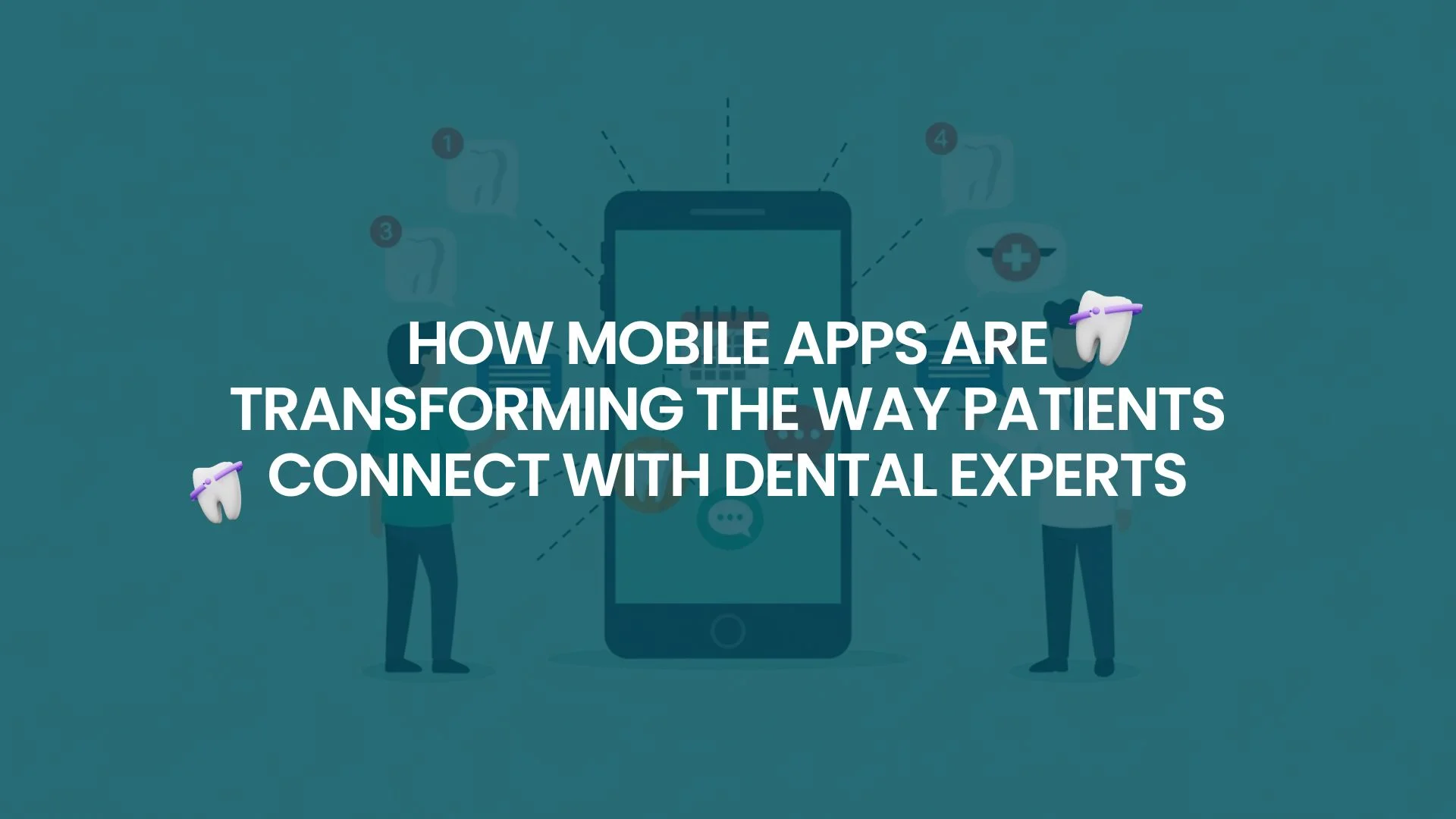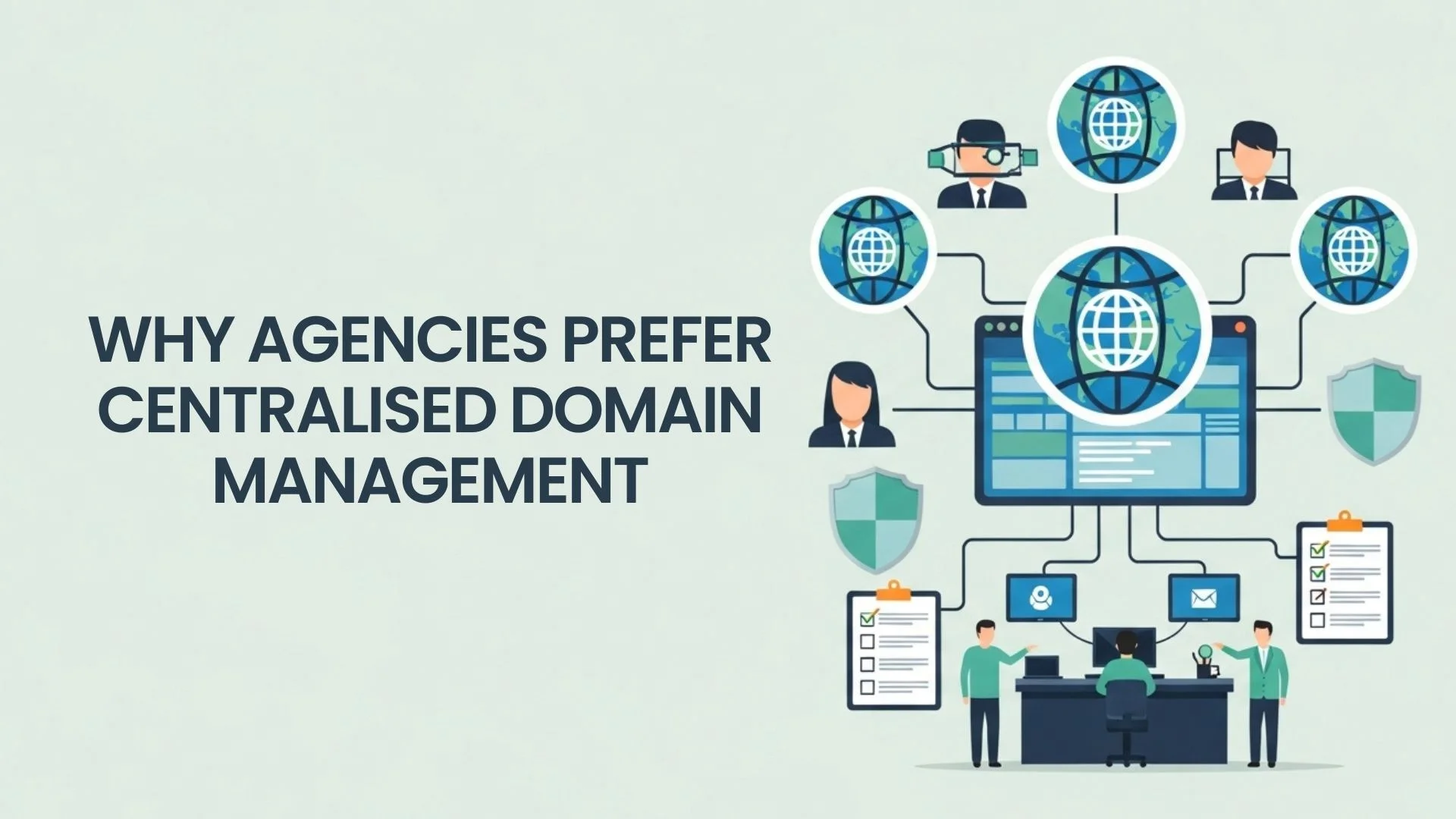The Ultimate Guide of Understanding The Timeline For App Development
Developing an app is a complex process that unfolds through different stages, requiring careful attention to detail and strategic planning. The timeline for app development acts as a guiding tool. One that leads developers, project managers, and stakeholders through the complexities of conception to launch. This detailed guide provides a roadmap for app development. It involves delving into the key milestones and important factors to keep in mind throughout the process.
Starting the journey involves conceptualizing, where ideas develop and take form through brainstorming sessions and market research. Following that, the design phase brings concepts to life by creating wireframes and prototypes to solidify the envisioned user experience. Progress in development occurs as coding and integration turn designs into operational software.
During the process, thorough testing guarantees quality and functionality, while multiple rounds of refinement improve the app’s performance. Deployment signifies the culmination of hard work as the app debuts on the desired platforms, poised to enhance users’ lives. This guide explores each stage in detail, explaining important tasks, estimated timelines, and potential challenges to be aware of. By grasping the complexities of app development timelines, stakeholders can do a lot of things. Like: promote transparency, set expectations, and guide projects towards successful completion in the ever-evolving digital landscape.
What Is an App Development Timeline?
An app development timeline is like the rhythmic heartbeat driving innovation, guiding the delicate balance between vision and execution. This is a plan that you detail and craft carefully. One that leads developers and stakeholders through the complex pathways of creativity and technology. This timeline intricately connects the elements of conceptualization, design, development, testing, and deployment into a cohesive story of advancement. It serves as a guiding light through turbulent times, providing insight in the midst of chaos.
Similar to a skilled artisan’s detailed plan, the app development timeline maps out the key stages and markers. It leads the way to the final goal: a refined, operational app prepared to engage its users. This is a story of teamwork, where thoughts come together and branch out. Molding and transforming until they reach their ideal state. Essentially, the timeline for app development is a detailed record of the creation process. Simply put, it is a masterpiece of innovation carried out with precision, passion, and purpose. Below, we will uncover the many stages of app development. Additionally, estimate for you the duration that you will spend building your app.
Planning and Research: Two Main Stages That Are Essential (2 Weeks)
Planning and research are the foundations of app development and innovation. The term “app planning” refers to a methodical process. One that includes defining goals, setting objectives, and outlining the project’s scope. To do this, it is necessary to provide an explanation of the app’s purpose. Additionally, provide an explanation for the target audience, features, and functionalities. That is, as well as to create a blueprint. One that will act as the North Star that will direct development efforts.
At the same time, research is spreading its wings and digging deeply into the complex maze of market trends, user preferences, and technology landscapes. The pursuit of insight involves exploring the history of user behavior. It also involves conducting competition analysis and examining upcoming technologies. That is, in order to discover previously unknown treasures and successfully manage potential pitfalls. Planning and research are the crucibles of educated decision-making. Which in turn shapes the course of app development and sculpts its timeframe.
They create the framework for various goals. Like efficient resource allocation, risk minimization, and stakeholder alignment. Which helps to foster a strategic roadmap that guides the development journey in the direction of success. In a fundamental sense, they are the architects of possibilities, infusing the process of development with clarity, direction, and purpose.
Define Your App’s Goals (1 Week)
The process of defining the objectives of an application acts as a beacon. One that sheds light on the twisting route of app development. Which in turn has a substantial impact on the calculation of the schedule for the app’s development. Developers are able to gain unparalleled clarity regarding the scope and direction of the project. That is, through the process of clarifying objectives that are both explicit and measurable.
The alignment of stakeholders and development teams towards a cohesive vision, the streamlining of decision-making processes, and the minimization of scope creep are all outcomes that can be achieved through the implementation of these aims. Furthermore, a well-defined set of goals makes it possible to prioritize, which enables teams to concentrate their efforts on critical features and capabilities that directly contribute to the accomplishment of the overarching objectives. Through the use of this condensed emphasis, the likelihood of superfluous iterations and delays is reduced, hence accelerating the development cycle.
In addition, having goals that are clearly stated makes it easier for members of the team and stakeholders to communicate effectively with one another, which in turn encourages teamwork and synergy. In the end, teams are able to negotiate the intricacies of app development with purpose and accuracy, thereby maximizing the schedule for success. This is accomplished by anchoring the development process on a firm foundation of goals.
Design and Pre-developmental Stages (5 to 7 Weeks)
The early 5 to 7 weeks that are allotted to designing and pre-developing the app serve as the important gestation stage in the complicated dance that is app development. During this time, ideas begin to take shape, and visions begin to crystallize. This stage is analogous to laying the cornerstone of a magnificent structure, as it is during this phase that careful planning and strategic discussion are utilized to provide the foundation for what is to come. In order to precisely sculpt the outlines of the app’s user experience and interface, developers immerse themselves in a whirlwind of brainstorming sessions, wireframing, and prototype exercises.
The implementation of design decisions and the prioritizing of features are both influenced by market research and user feedback, which is where the seeds of innovation are planted. Furthermore, during this time period, the construction of the technological architecture and framework can take place, thereby establishing the groundwork for future integration and scaling that will be seamless.
Exploration, iteration, and refinement are the activities that take place during this phase. During this phase, ideas are transformed into plans that can be implemented, and the development roadmap starts to take shape. As a result, these first few weeks are not merely a precursor but rather a cornerstone of the timeline for app development. They establish the tone for the adventure that lies ahead with forethought, clarity, and purpose.
Design: UI/UX Designing (8 Weeks)
There is a delicate dance that takes place between aesthetic appeal and flawless functionality while designing the user interface and user experience of an application. This trip takes place over the course of eight weeks, with painstaking attention to detail. Within the confines of this time limit, designers begin on a journey of transformation, transforming wireframes, mockups, and prototypes into a unified visual narrative that captivates and engages users. The first few weeks are devoted to the process of conceptualization, which is the process by which ideas emerge and get established, thereby building the foundation for the design language and the user flow. Designers delve further into the complexities of the user experience as the process progresses.
They refine navigation paths, optimize interactions, and make certain that the user interface is intuitive across a variety of devices and platforms. When designers are bringing the app’s interface to life, they pay close attention to every pixel and carefully build every interaction. They strive to strike a balance between the app’s aesthetics and its functionality. During the process of shaping the design into a harmonious symphony of form and function, iteration becomes the motto. Feedback is sought out, assimilated, and iterated upon. A visual masterpiece that goes beyond basic aesthetics, giving an unrivaled user experience that delights and inspires, is the culmination of the design’s maturation and evolution, which occurs with each passing week.
Testing: Back-end and Front-end (10 Weeks)
Testing, which includes evaluations of both the back-end and the front-end of the application, is an essential stage in the process of developing an application and normally lasts for a period of ten weeks. During this time frame, the complexities of the app’s operation and user interface are rigorously examined in order to guarantee a smooth and error-free experience for the user. In order to ensure data integrity, security protocols, and system scalability, back-end testing entails doing a thorough analysis of the server-side components, databases, and application programming interfaces (APIs) of the application.
At the same time, front-end testing investigates the user-facing components, analyzing the responsiveness of the interface, the visual aesthetics, and the compatibility of the platform across a variety of devices and screen sizes. The purpose of this exhaustive testing regimen is to serve as an indicator for the performance of the application, discovering and fixing any issues or roadblocks that may limit the app’s functioning or user engagement. The developers of the application work to strengthen the app’s robustness, reliability, and user happiness through methodical iteration and refinement. This is done to ensure that the application emerges from the testing process in a state that is ready to make a successful debut in the digital arena.
Launching Your App (1 Week)
Launching your app is the end of a long but exciting trip that usually takes up to a week in the app development timeline. During this important stage, the app goes from being an idea to a real product, and it’s now ready to take the world by storm. Launch plans require careful attention to detail and include many tasks, such as finalizing listings in app stores, setting up distribution channels, and doing quality assurance checks right before the launch. Strategic marketing efforts are also planned to build excitement and buzz, making sure that the product gets the most attention and user participation when it comes out.
As the days go by until launch day, developers, artists, and marketers all work together to make people feel excited and look forward to it. With bated breath, the app is finally sent out into the digital world, ready to make its mark and find its place in the vast world of mobile innovation. Launch week is a time of lots of possibilities and chances. It marks the start of a new part of the app’s trip to fame and success.
Wrapping It Up!
If you wish to have easy and hassle-free app development and a rapid timeline with no delays, you can check out nandbox’s native no-code app builder. An app builder that will help you create a fully functional app without having any coding or programming knowledge or expertise. That is because the current market has a lot of demand when it comes to application development. Which has caused an increase in citizen developers.
These are developers with limited to no knowledge of coding and programming. That is why we created this no-code solution for you. In order to simply leverage our simple drag-and-drop interface to your advantage. You can now create an app within a short timeline for app development. Additionally, launch your app in no time using our simple, no-code app builder. Sign up now and leverage the 14-day free trial. One that will help you learn how to navigate our app builder efficiently.

